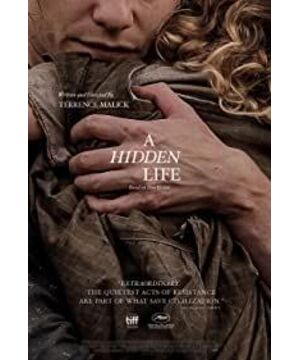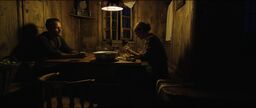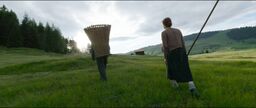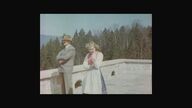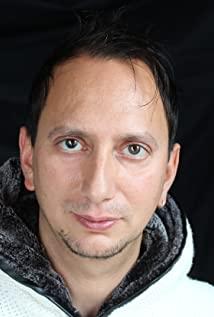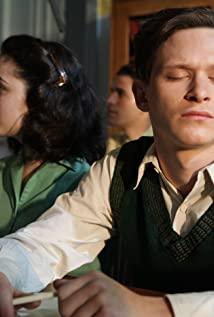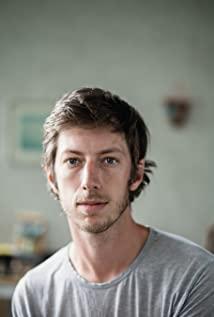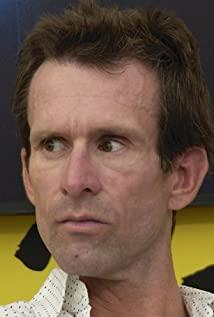"A Hidden Life" is another film about World War II by Malick, and a film that only Malick can make. The film tells the story of Franz, an Austrian man who was ultimately sentenced to death for refusing to fight for Germany during World War II. There are no war scenes, no flesh and blood, in the three-dimensional narrative of the countryside, prisons, and historical images, relying on philosophical speculation, the space created by Malick is beyond the time and space of World War II.
Malick begins with a description of a rural idyll in the first ten minutes. The low-camera wide-angle shot outlines the misty mountains in the distance, and the close-up distortion in the composition makes the couple's smile fill the shot.
The joy changed ten minutes later, when Franz was first drafted for military training, then repatriated and then drafted into the army. The entire film revolves around Franz's second call-up experience, mainly describing his struggle.
Much of the film switches between the idyllic perspective represented by the wife and the perspective of Franz. Franz was first boycotted in the village and then thrown into prison for trial. Franz was always in a weak position in disputes with the villagers. In the shot, Malick did not use the normal front and back, he placed Franz in the corner of the camera, and through his perspective, he could see the critics moving back and forth in another range, speaking fiercely.
After Franz was put in prison, the language of the shots became more diverse. In tight spaces, he still uses a wide-angle lens. This makes the narrow space appear more cramped in the shot. In the prison scene, the only light source is basically natural light from the window, making most of the prison shrouded in darkness, supplemented by the humiliating behavior of the prison guards, oblique perspective , and the quickly zoomed-in footage of the judge in the courtroom as he reprimands, we can feel Franz's torment is wholehearted.
Even though he was tortured in prison, even if he signed the promise of life, Franz still stood by his beliefs. Judging from the arrangement of the film, the significance of this persistence has long been beyond the Second World War itself. There is very little war-related information in the film, and most of it is embodied through a few historical facts interspersed, which is more like a symbolic manifestation.
So in the movie, the story is more abstracted into how a person of faith responds when he is confronted with a serious crisis of belief. Around this theme, Malik complements it with the most violent blows, and the opposite is the quiet idyllic scenery and the soft voice-over philosophies. This kind of resistance occurs not only in prisons, but also in rural villages where wives fight against others' malice.
In this masterpiece that lasted nearly three hours and edited for nearly three years, Malick incorporated the style of his 50-year film career. The title "A Hidden Life" is taken from George Eliot's words:
"Part of the increase in goodness in the world depends on unheard-of behavior. And the reason why things around you and me are not so bad is partly due to people who don't seek fame, but live faithfully and die without condolences." "for the growing good of the world is partly dependent on unhistoric acts; and that things are not so ill with you and me as they might have been, is half owing to the number who lived faithfully a hidden life, and rest in unvisited tombs ."
This may be a man's arm and a car, but it truly shows that even in the face of a powerful opponent, people's beliefs can still persist to the end.
View more about A Hidden Life reviews


